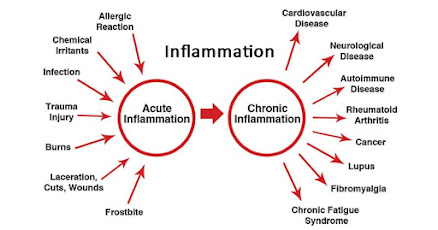JOINTS MCQS
JOINTS MCQS
1. Pressure epiphysis is found in:
A) head of femur
B) shaft of femur
C) none of these
D) greater and lesser trochanters of femur
2. Immovable joints are:
A) fibrous joints
B) diarthroses
C) synchondroses
D) cartilagenous joints
3. Clavicle ossifies in:
A) intramembranous ossification
B) intracartilagenous ossification
C) membrano cartilagenous ossification
D) none of these
4. Knee joint is:
A) biaxial
B) none of these
C) uniaxial
D) multiaxial
5. Bones that surround the spinal cord are classified as:
A) flat
B) sesamoid
C) short
D) irregular
6. Granulation tissue is formed by:
A) osteoblasts
B) a great number of macrophages invading that area
C) osteoclasts
D) large amounts of fibrin
7. Pulley shaped articular surface is:
A) malleolus.
B) trochlea
C) condyle
D) capitulum
8. Movements in which the limb makes a cone is:
A) rotatory movements
B) angular movements
C) circumduction
D) gliding movements
9. Wrist joint is:
A) bicondylar joints
B) ball and socket joints
C) ellipsoid joints
D) hinge joints
10. Dentists deal with which joints:
A) sutures
B) syndesmoses
C) gomphoses
D) synchondroses
11. Joints b/w ethmoid and sphenoid in youth are:
A) diarthroses
B) sutures
C) primary cartilagenous joints
D) secondary cartilagenous joints
12. Most of the bones in hand and arm are long bones, however, the bones in the wrist are categorized as:
A) short bones
B) flat bones
C) sesamoid bones
D) irregular bones
13. Bones grow in length due to activity in:
A) medullary cavity
B) periosteum
C) perichondrium
D) epiphyseal cartilages
14. Which bone violates the rule of ossfication:
A) femur
B) humerus
C) tibia
D) fibula
15. Without red marrow, bone will be unable to:
D) make blood cells
A) move like levers
B) store phosphate
C) store calcium
16. Elbow joint is categorized as:
A) hinge joints
B) sellar joints
C) bicondylar joints
D) pivot joint
17. Long bones enable body movements by acting as:
A) fulcrum
B) resistive force
C) lever
D) counterweight
18. Epiglottis contains:
A) elastic cartilage
B) collagen type I cartilage
C) collagen type II cartilage
D) both a and b
19. Which of these bones are found within sutures:
A) flat bones
B) heterotrophic bones
C) wormier bones
D) supernumerary bones
20. Intermetatarsal joints are:
A) pivot joints
B) plane joints
C) hinge joints
D) sellar joints
21. Skull consists of:
A) 32 bones
B) 45 bones
C) 22 bones
D) 21 bones
22. Harvesian canals are present in:
A) diploe
B) compact bone
C) none of these
D) spongy bone
23. Which one is not the function of periosteum:
A) nourish bone tissue
B) protect the bone
C) help with fracture repair
D) provides support to the bone
24. Sesamoid bones are found embedded in:
A) joints
B) ligaments or sutures
C) muscles
D) tendons or muscles
25. Example of extra capsular ligament is:
A) fibrous capsule
B) coracoclavicular ligament
C) ligamentous nuchae
D) cruciate ligament of knee
26. Osteoarthritis is categorized as:
A) degeneration of fibrous capsule
B) degeneration of articular cartilage
C) bone disappearing disease
D) degeneration of synovial membrane
27. Which of the following bones is/are formed by intramembranous ossification?
A) metatarsals
B) ribs
C) femur
D) flat bones of cranium
28. Which of the following is most likely to be released when blood calcium levels are elevated?
A) calcitonin
B) vitamin D
C) parathyroid hormone
D) thyroxine
29. Accessory bones have extra:
A)both of these
B)joints
C) secondary center of ossification
D) primary center of ossification
30. Vertebrae are included in:
A) axial skeleton
B) appendicular skeleton
C) none of these
D) both of these



Comments
Post a Comment
avoid from enter spasm link